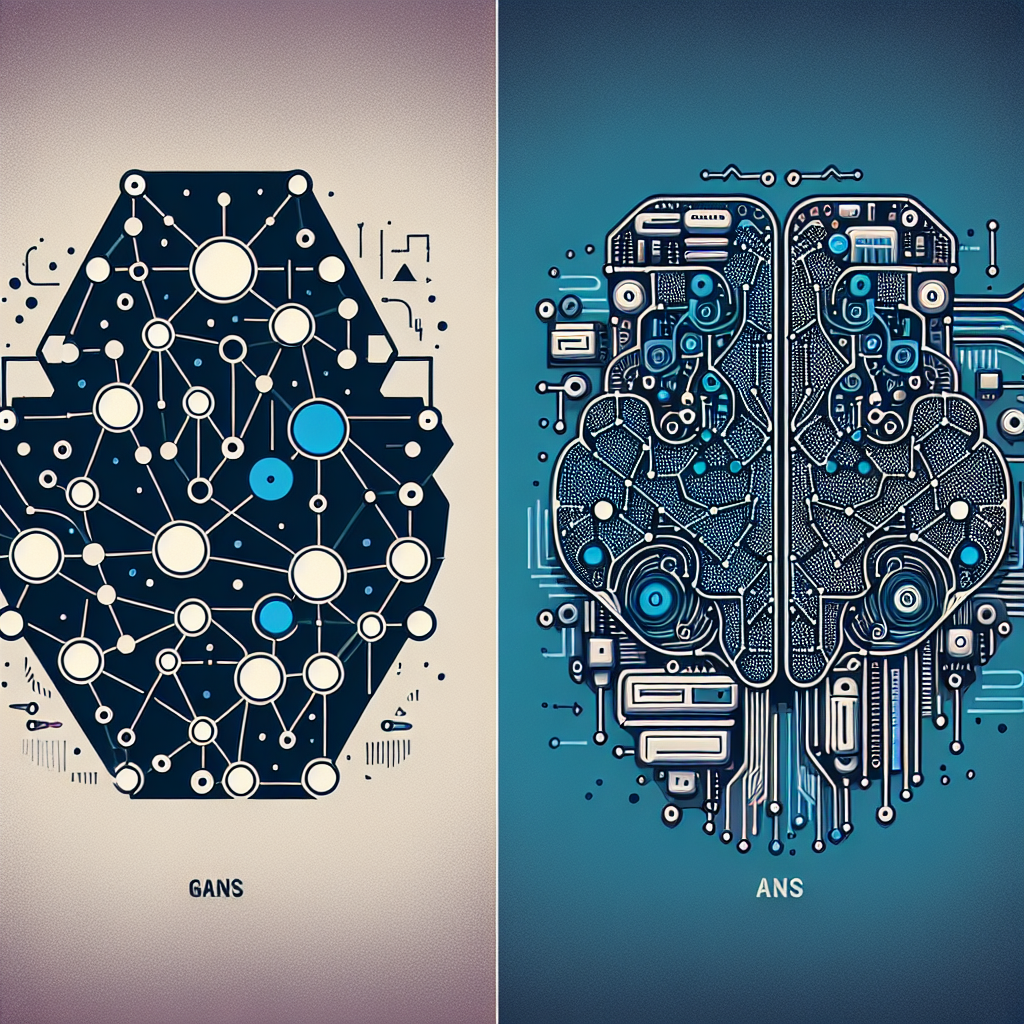Your cart is currently empty!
The Evolution of Generative AI: From GANs to Transformers

Generative Artificial Intelligence (AI) has come a long way since its inception, with advancements in technology paving the way for more sophisticated and complex models. One of the key milestones in the evolution of generative AI is the development of Generative Adversarial Networks (GANs), which revolutionized the field by introducing a new way to generate realistic images, videos, and other forms of media.
GANs, first proposed by Ian Goodfellow in 2014, consist of two neural networks – a generator and a discriminator – that are trained in a competitive manner. The generator creates fake samples, while the discriminator tries to distinguish between real and fake samples. Through this adversarial process, GANs are able to produce high-quality, realistic outputs that are indistinguishable from real data.
Since the introduction of GANs, researchers have continued to push the boundaries of generative AI with new models and techniques. One of the most recent advancements in the field is the Transformer architecture, which has gained popularity for its ability to generate text, images, and other forms of media with remarkable accuracy and detail.
Originally developed for natural language processing tasks, Transformers have since been adapted for generative tasks through models like GPT-3 (Generative Pre-trained Transformer 3) and DALL-E (Diverse All-purpose Language Model with Extended capabilities). These models leverage the self-attention mechanism to capture long-range dependencies and generate coherent and contextually relevant outputs.
The evolution of generative AI from GANs to Transformers has opened up new possibilities for creative applications, such as image synthesis, text generation, and even music composition. With the ability to generate highly realistic and diverse content, these models have the potential to revolutionize industries like entertainment, design, and marketing.
However, while the advancements in generative AI are exciting, there are also ethical considerations to take into account. The potential for misuse of these technologies, such as deepfakes and misinformation, raises concerns about privacy, security, and the impact on society as a whole.
As researchers continue to innovate and improve upon existing models, it is important to approach the development of generative AI with caution and responsibility. By understanding the capabilities and limitations of these technologies, we can harness their potential for positive impact while mitigating potential risks.
In conclusion, the evolution of generative AI from GANs to Transformers represents a significant milestone in the field of artificial intelligence. With the ability to generate highly realistic and diverse content, these models have the potential to revolutionize industries and drive innovation in creative applications. As we continue to explore the possibilities of generative AI, it is essential to consider the ethical implications and ensure that these technologies are used responsibly for the betterment of society.

Leave a Reply